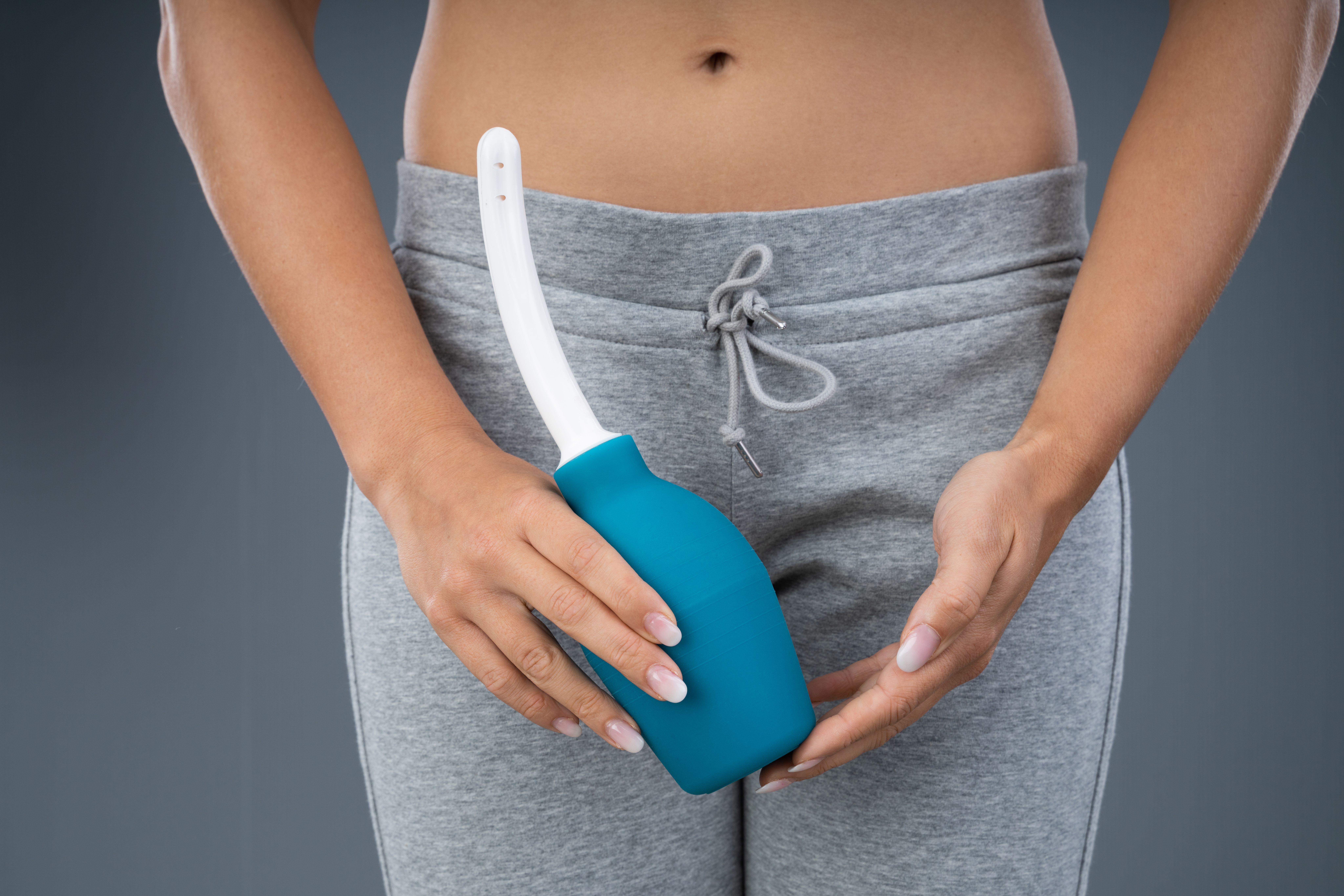How common are volatile organic compounds in feminine hygiene products?
Volatile organic compounds (VOCs) have been associated with several toxic effects and a recent study appearing in the Journal of Women’s Health suggests that douching may contribute to higher VOC exposure in women.
©Andrey Popov - stock.adobe.com

Volatile organic compounds (VOCs) have been associated with several toxic effects and a recent study appearing in the Journal of Women’s Health suggests that douching may contribute to higher VOC exposure in women. VOCs are used to retain fragrances, and since douches often contain fragrances, these materials may be unrecognized sources of exposures.
Methods
The study included data from the National Health and Nutrition Examination Survey (NHANES) between 2001 and 2004. Participants were restricted to women aged 20 to 49 years with self-reported data on feminine hygiene product (FHP) use (n = 2432). Information about usage of feminine products (tampons, sanitary napkins, vaginal douches, sprays, powders, wipes/towelettes, and other products) was self-reported. Blood samples were collected from a subsample of participants (approximately one-third of the population. Reproductive health survey data were collected via interviews on the day of the health examination. Demographic information was also collected, including race/ethnicity and participants were classified into white, black, Mexican American, other Hispanic, and other racial/ethnic group.
Considering use of FHPs in the past month, non-Hispanic white women reported significantly higher use of tampons, whereas non-Hispanic black women had significantly higher use of vaginal douche, feminine spray, feminine powder, wipes/towelettes, and other products. Non-Hispanic black women also used vaginal douching more frequently than other racial/ethnic groups.Results
The authors found that women who reported more frequent douching tended to be older than never users (P= 0.03) and were more likely to have significantly higher body mass index (BMI) with a mean of 30.0 (SE = 0.7) kg/m2 (P = 0.0002). Women reported using douching as a type of vaginal cleansing during pregnancy, but pregnant women reported less frequent douching (P = 0.003). Women who reached menopause due to hysterectomy and/or oophorectomy were more likely to douche in the 6 months following their surgery when compared to premenopausal women and women who reached natural menopause (P < 0.0001).
Black and Mexican women had significantly higher concentrations (P < 0.0001) of 1,4-dichlorobenzene (DCB), a VOC and noted carcinogen. Adjusting for confounders illustrated a dose-response relationship between the frequency of vaginal douching in the past 6 months and 1,4-DCB concentrations. Compared with never users, women with occasional use (≤ 1 time/month) of vaginal douching had 18% (95% CI –12% to 59%) higher concentrations and those with frequent use (≥ 2 times/month) had 81% (95% CI 2% to 221%) higher concentrations. Feminine powder was also associated with 36% (95% CI: 0.4% to 83%) higher concentrations of ethylbenzene.
Conclusion
The authors believe that FHPs, and specifically douching and feminine powders, may represent a source of VOCs. Douching frequency may account for the racial/ethnic differences in VOC blood concentrations. The authors recommend following the recommendations from the American College of Obstetricians and Gynecologists and US Department of Health and Human Services Office and suggest that douching or use of feminine deodorant powder be discouraged, especially during pregnancy. They also called on manufacturers to disclose all ingredients and urged that screening tests to evaluate chemicals in FHPs be considered.

Multimodal physical therapy proves effective for women with chronic pelvic pain
January 6th 2025A recent study highlights multimodal physical therapy as the only conservative treatment with proven efficacy in managing chronic pelvic pain, improving pain intensity, sexual health, and psychological function.
Read More
